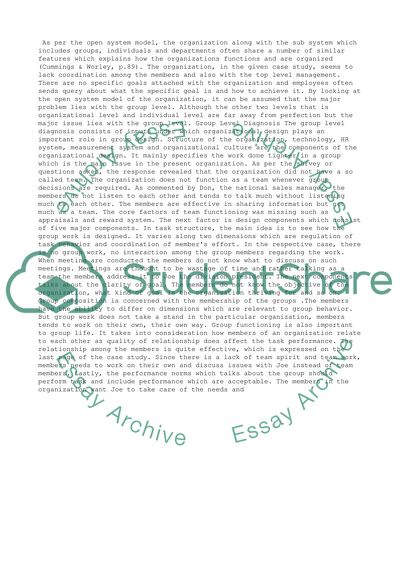Cite this document
(“Case Study and Analysis Example | Topics and Well Written Essays - 1500 words”, n.d.)
Case Study and Analysis Example | Topics and Well Written Essays - 1500 words. Retrieved from https://studentshare.org/management/1442649-case-and-analysis
Case Study and Analysis Example | Topics and Well Written Essays - 1500 words. Retrieved from https://studentshare.org/management/1442649-case-and-analysis
(Case Study and Analysis Example | Topics and Well Written Essays - 1500 Words)
Case Study and Analysis Example | Topics and Well Written Essays - 1500 Words. https://studentshare.org/management/1442649-case-and-analysis.
Case Study and Analysis Example | Topics and Well Written Essays - 1500 Words. https://studentshare.org/management/1442649-case-and-analysis.
“Case Study and Analysis Example | Topics and Well Written Essays - 1500 Words”, n.d. https://studentshare.org/management/1442649-case-and-analysis.


